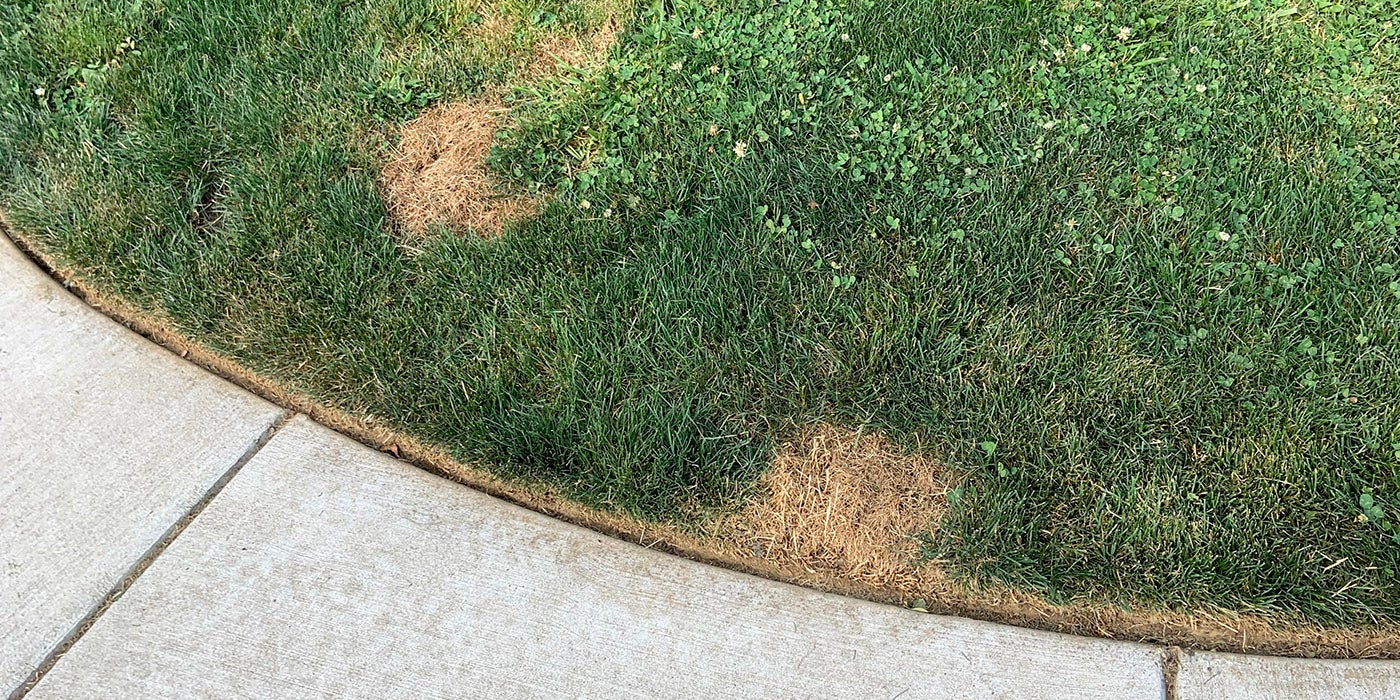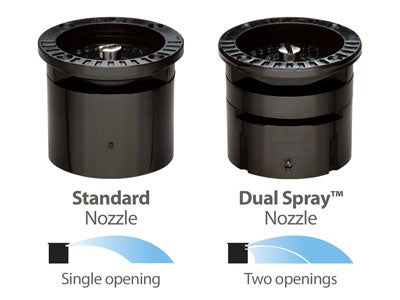What Causes Brown Patches on Your Lawn and How to Get Rid of Them

As a homeowner, one of the last things you want to see is an ugly brown patch on your otherwise pristine lawn. Not only are brown patches unsightly, but they can also be difficult to get rid of. However, depending on the cause of the brown patches, there are a few different methods you can try to get rid of them for good. In this article, we'll discuss different causes and share some methods you can use to get rid of brown patches on your lawn.
What causes brown patches on your lawn, and how can you get rid of them?
Brown patches on the lawn are a common problem, but what causes them can vary depending on your climate and environment. In general, brown patches can be caused by a number of factors, including:
 Lack of water
Lack of water
This is the most common cause of brown patches on the lawn. If your lawn is not getting enough water, it will dry out and turn brown.
The obvious fix is to make sure you're watering your lawn regularly, and deeply. But the solution may not be that simple. For example, if you live in an area with water restrictions, this may not be possible. In that case, you can try to encourage deep root growth by aerating your lawn and using a mulching mower.
The goal when using an in-ground sprinkler system is to get head-to-head coverage for even watering. Rain Bird makes it easy to plan your watering system with their Homeowner Design Service. Just take a few measurements and share some details about your yard to receive a customized lawn irrigation plan prepared just for you by one of our team experts. If you notice areas of your lawn becoming parched and brown, you may need to adjust or replace a sprinkler nozzle.
If the grass immediately around the sprinkler head is turning brown, it could mean your sprinkler is throwing water farther out, missing the lawn nearby. One solution is to swap that sprinkler nozzle with a dual spray model that throws one spray of water far, and diverts a second spray for irrigation close to the head. Rain Bird offers several dual spray pop-up sprinkler heads for various heights and spray patterns.
Compacted soil
Another common cause of brown patches is compacted soil. When the soil is compacted, it doesn't allow the roots of the grass to grow properly, causing the grass to turn brown. The best way to fix this problem is to aerate your lawn. This involves making small holes in the soil to improve drainage and allow the roots to breathe. You can rent an aerator from your local hardware store or hire a professional lawn care company to aerate your lawn.
Nutrient deficiency
A nutrient deficiency can also cause brown patches on your lawn. If your grass is not getting the nutrients it needs, it will start to turn brown. The best way to fix this problem is to fertilize your lawn using common fertilizers containing nutrients such as nitrogen, phosphorus, and potassium. But be careful to not over-fertilize, as this can also cause brown patches. Another method is to topdress the area with compost or other organic matter for a more eco-friendly way to add nutrients to the soil and encourage new lawn growth.
Pests
Insects or animals can damage your grass, causing it to turn brown. If you think pests may be the problem, you'll need to take steps to get rid of them. You can do this yourself or hire a professional exterminator to do the job. Either way, it's important to identify which pests are the culprits and learn about their habits so you can prevent them from returning in the future.
There are many different types of insects that can damage your grass and cause brown patches. Some of the most common include grubs, chinch bugs, and sod webworms. Use an insecticide to get rid of these pests. Be sure to follow the instructions on the label carefully and only use products that are safe for your particular type of grass.
Animals such as rabbits, deer, and moles can also damage your lawn and cause brown patches. If you think animals are the problem, there are several solutions, including, fencing your yard, using repellents, pesticides or traps.
Certain plants can also act as a deterrent to insects and animals. For example, marigolds emit a smell that repels mosquitos, and many animals do not like fuzzy, bitter tasting or sappy plants.
Diseases
If your grass is infected with a disease or fungus, it will start to turn brown and die. The most common lawn diseases are rust, leaf spot, and powdery mildew. If you suspect your grass has a disease, take a sample of the affected area to your local nursery or cooperative extension office, or contact a lawn care professional for help to identify the problem and recommend a course of treatment.
Dog urine burns
Dogs are wonderful pets. However, they can cause problems for homeowners, particularly when it comes to the lawn. When a dog urinates on the grass, it releases nitrogen and other chemicals into the soil. These chemicals can burn the roots of the grass, causing the grass to turn brown. If you have a dog, you'll need to take steps to prevent them from urinating on your lawn. The best way to do this is to provide them with a designated bathroom area, such as a sandbox or a patch of gravel. You should also train them not to urinate on the grass and reward them when they use the designated area. With a little effort, you can keep your lawn healthy and green - even if you have a dog.
By following these steps, you should be able to get rid of the brown patches on your lawn. Just remember to be patient. It may take some time for the grass to recover, but you can return your lawn to looking healthy and green once more.
